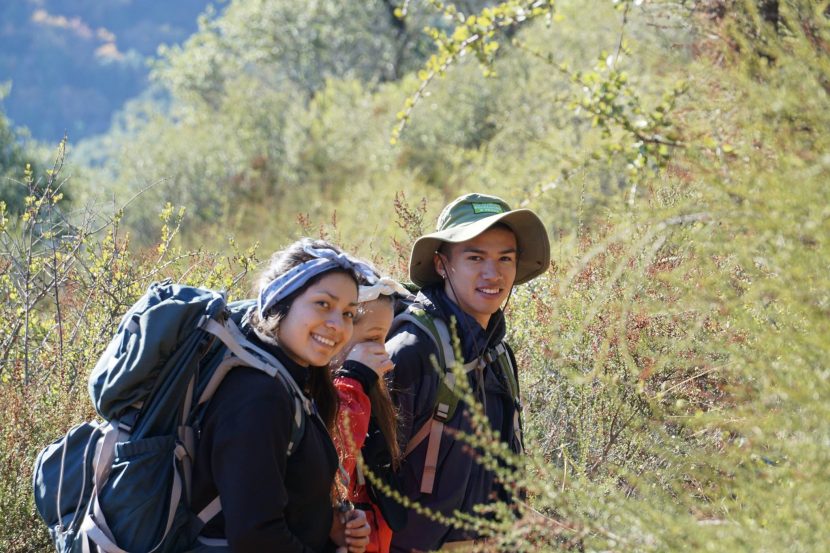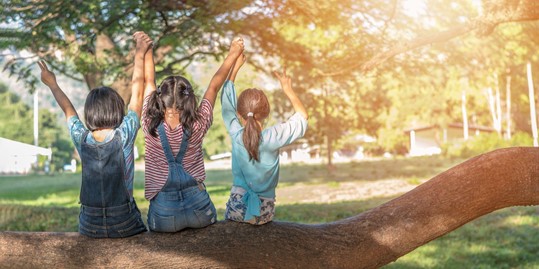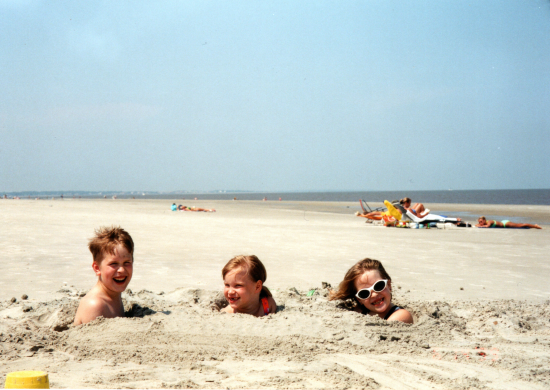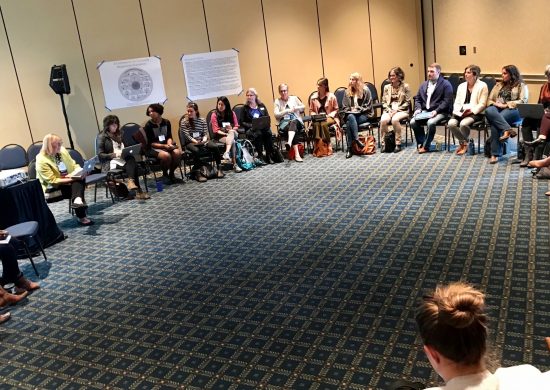The compound impacts of a global pandemic, an economic freefall, and uprising in protest of persistent systemic racial injustices are affecting almost everything in our daily lives. And, they are bringing new urgency to our work. As a Foundation, we have committed to use the privilege and resources we have to help build a more equitable and just world.
For me, building a more equitable and just world means being bold about seeing and addressing systemic racism, starting with listening, learning, thinking, acting—and standing with those risking so much to heal, restore, and rebuild a society where people and nature can thrive together.
There is a long way to go.
We can start this rebuilding by looking critically at what the pandemic has exacerbated and exposed: our country’s glaring systemic inequities. One of the many places where more equity is needed is in young people’s access to the outdoors to learn, play, and grow. This means understanding that systemic racism creates wildly different realities in young people’s access to the outdoors. For our environmental education program, we will increase emphasis on initiatives that advance equity, cultural relevancy, and justice.
For the past few months, most people have isolated themselves indoors, and the impacts are striking. The lack of connections with each other, with our communities, and with the outdoors is negatively impacting our health, our wellness, our sense of calm—and for our children—decreasing their ability to learn and grow. Because of our collective time spent indoors and the aforementioned impacts, the longing for meaningful time spent outside to access these health, wellness, and educational benefits (among others) is surging.
Equitable, meaningful, safe, affordable, nearby opportunities to recreate, learn, get healthier, and lift our spirits can happen outside. It just requires that we embrace a broader vision of what “outside” means: an urban playground, a remote national park, and everywhere in between. We need to Rethink Outside and center equity when doing so. If equity isn’t at the center of the decisions that are made to open up outdoor spaces, “we risk perpetuating existing inequalities that have a real cost in terms of the health of communities of color as well as others who have historically lacked equitable access to the outdoors,” as José G. González wrote about in the High Country News last month.

We don’t have a crystal ball to tell us when in-person schooling, open parks, and playgrounds will return. But, we do have a sense of what we can—and must—do in this moment, this liminal time. Communities throughout the world are closing off streets for those who don’t have safe access to the outdoors, educators are leading birding classes from windowsills as part of #BlackBirderWeek, and families are discovering nature on their neighborhood walks. While none of these examples offer a panacea, through authentic community engagement and co-generation, we can begin imagining new ways of experiencing the benefits of time spent outdoors.
We must also counter the narratives that have suggested for generations that the benefits of time spent outdoors are only gained in national parks or on ocean shores—and only happen for white people. Everyone should have the opportunity for meaningful experiences outdoors, regardless of where they live, their race, or their social or economic status. Environmental educators are masters of showing how nature is all around us and how much we can learn at the micro-levels. Raising understanding of this dynamic opens the doors for infusing environmental education into conversations around how and where we teach and learn, while beginning to address some of the inequities in who currently has access.
As summer camps and school districts enact safety plans for reopening this summer and fall, education leaders are working to deploy outdoor environmental educators in schoolyards to both advance learning opportunities and keep students safe. In the outdoors, classes can happen more safely and socially distanced while offering learning and engagement benefits not possible in an indoor classroom. We have an opportunity for environmental education programs to come back more robust and more integrated into our communities’ fabric than ever before if we seize the moment now.
Our collective work is essential to a more equitable and just society, and essential to how the world emerges from the pandemic healthier and more sustainable than ever. To advance toward a world where people and nature thrive together, we must first advance justice – and the benefits of time spent outdoors are part of this advancement. By leaning into this moment and the awareness it has brought to our missions, we can set the stage for time spent outdoors to be more available and more beneficial to more people in communities everywhere.



